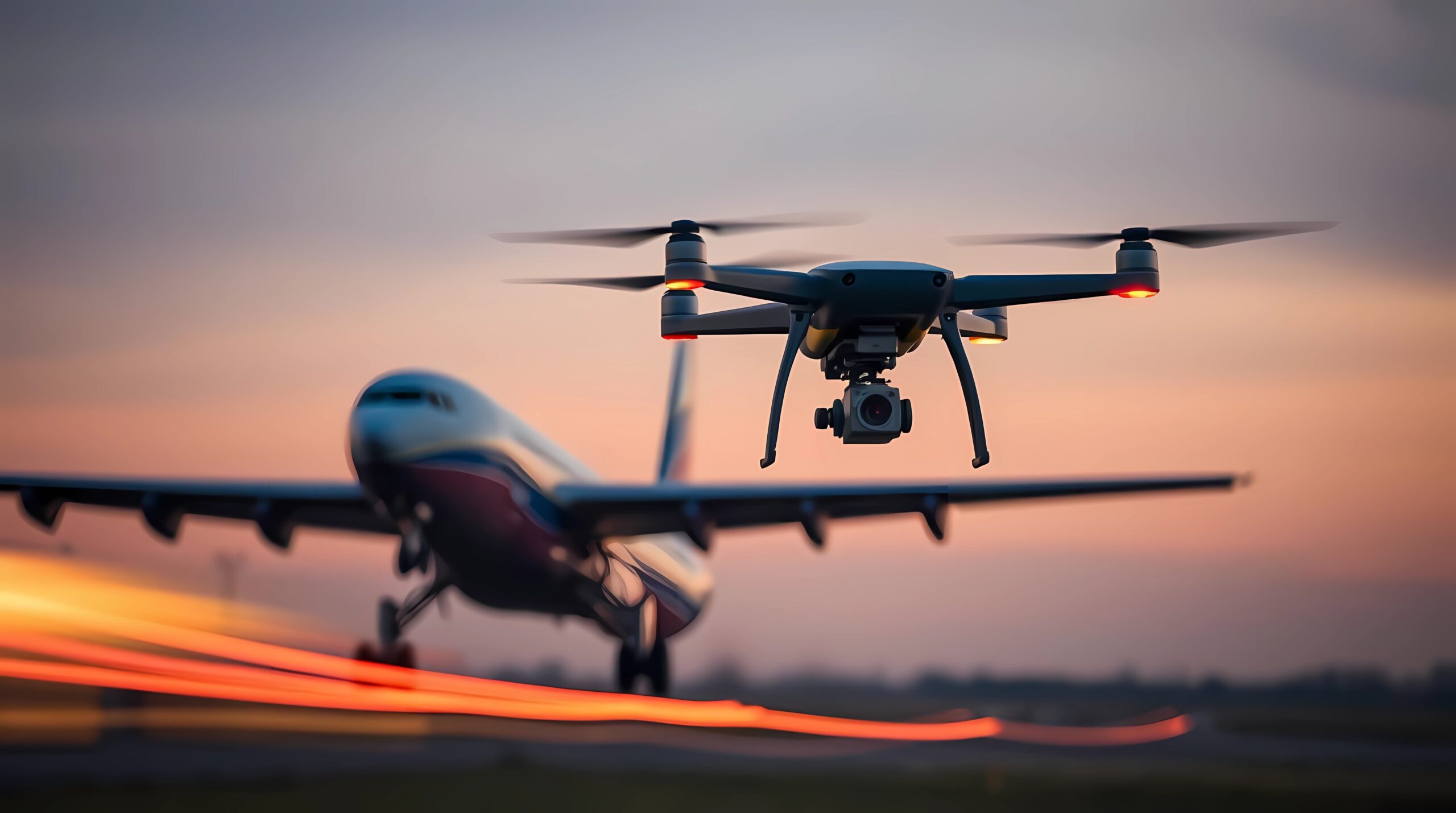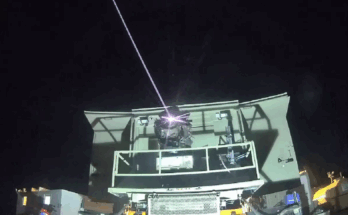
President Trump signed a sweeping executive order Tuesday aimed at wresting control of U.S. airspace from malicious drone operators, while preserving the commercial and public-safety promise of unmanned aircraft systems (UAS).
The directive creates a Federal Task Force to Restore American Airspace Sovereignty, led by the national security adviser and composed of senior officials across the government. Its mission: review existing rules, close legal gaps and recommend new tactics for countering drones that endanger people, disrupt mass events or spy on critical infrastructure.
The Federal Aviation Administration is ordered to accelerate a long-delayed rule, mandated by Congress in 2016, that lets fixed-site facilities apply for no-fly zones. The FAA must:
- File a notice of proposed rulemaking “promptly” with the Office of Management and Budget.
- Issue a final rule “as soon as practicable.”
- Publish NOTAMs and temporary flight restrictions in an open, machine-readable format within 180 days so manufacturers can build geofencing directly into drones.
The Justice Department will step up prosecutions of reckless or criminal drone pilots and—on a rolling basis—submit to the White House proposed legislation that stiffens penalties for violating restricted airspace. Federal grant programs will be opened to state, local, tribal and territorial agencies that want to buy drone-detection gear.
Homeland Security and the Justice Department have 90 days to advise the president on whether land borders, major airports, federal buildings and military sites should be formally designated ‘covered facilities,’ a legal change that would expand authorities to disable or destroy threatening drones. The agencies will also explore folding counter-UAS operations into Joint Terrorism Task Forces to guard large events such as the 2026 FIFA World Cup and the 2028 Los Angeles Olympics.
The order fast-tracks a 2022 congressional plan for a National Training Center for Counter-Unmanned Aircraft Systems, which will coach federal, state and local teams on drone interdiction techniques—starting with venues for upcoming marquee sports tournaments.
The initiative balances two U.S. goals that increasingly collide in low-altitude airspace: championing drone innovation for everything from package delivery to bridge inspections, while stopping adversaries from turning the same technology into weapons. Analysts say the White House move signals that the era of largely unregulated skies is ending.
Industry groups welcomed the push for clearer rules but urged regulators to ensure new restrictions don’t stifle legitimate drone businesses. Privacy advocates, meanwhile, called for strict safeguards on remote-ID data sharing.
The Task Force is expected to deliver its first set of recommendations later this year, setting the stage for what could become the most aggressive overhaul of domestic drone policy since Congress first authorized commercial UAS flights a decade ago.
A military history enthusiast, Richard began at Forecast International as editor of the World Weapons Weekly newsletter. As the Internet grew in importance as a research tool, he helped design the company's Forecast Intelligence Center and currently coordinates the EMarket Alert newsletters for clients. Richard also manages social media efforts, including two new blogs: Defense & Security Monitor, covering defense systems and international issues, and Flight Plan, which focuses on commercial aviation and space systems. For over 30 years, Richard has authored the Defense & Aerospace Companies, Volume I (North America) and Volume II (International) services. The two books provide detailed data on major aerospace and defense contractors. He also edits the International Contractors service, a database that tracks all the contractors involved in the programs covered in the FI library. More recently he was appointed Manager, Information Services Group (ISG), a new unit that encompasses developing outbound content for both Forecast International and Military Periscope.



